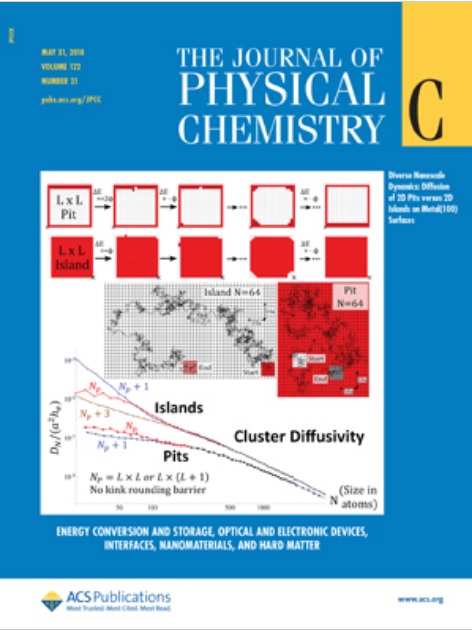The structural and dynamical properties of crystalline nimodipine and nimodipine confined in mesoporous SBA-15 have been studied by means of molecular dynamics simulations. As those have been motivated by nuclear magnetic resonance measurements the percentage of filling of the silica matrix was chosen to be comparable with the experimental value; i.e., only about 25% of the silica surface was covered by nimodipine. We find that nimodipine molecules connect to the silica surface by different types of hydrogen bonds, which are formed, broken and rebuilt continuously during the simulation. These interactions inhibit translational diffusion of nimodipine, but not the reorientational dynamics. Direct comparison of spin–lattice relaxation times T1 extracted from the simulations with experimental ones shows a very good agreement for both systems. MD simulations indicate that the NMR data for the crystal can be perfectly explained in terms of the rotation of the five methyl groups present in the nimodipine molecule, while when confined in the silica matrix the molecules of nimodipine present additional degrees of reorientational freedom and that they must be taken into account in order to reproduce the NMR signal.

